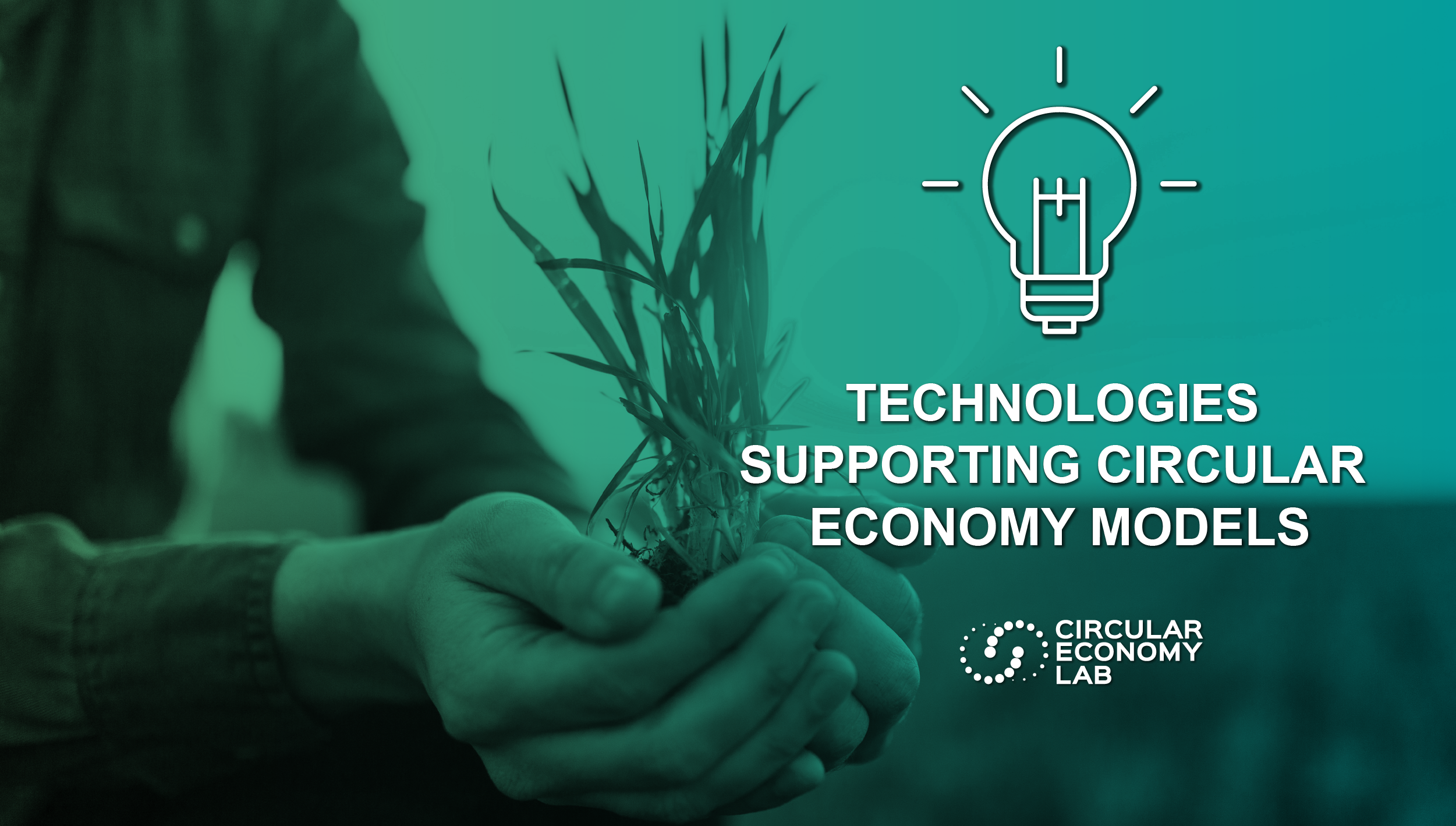
Technologies supporting circular economy moels
The circular economy in the agrifood sector is characterized “by design” by the regenerative agriculture, where cultivation and harvesting phases are studied and designed to generate healthy nutrients and foods while optimizing the use of resources and preserving and regenerating the surrounding environment.
In this context, food production systems adopt closed-loop logics, where all resources are used efficiently and the concept of waste is substituted by that of "secondary raw material", in which waste itself becomes new recovered resources and is valorized as input in new production cycles as well as through the biological cycle, returning to natural capital for instance through biodegradation.
Innovative technologies play a fundamental role in accelerating the transition to the circular economy, enabling the adoption of circular business models and strategies that until a few years ago would have been unthinkable. In the agrifood sector technologies that support circular models of production and consumption can be mainly divided into two categories:
- Biotechnologies and engineering-based technologies, that exploit ecosystem and/or living organism cycles combined with engineering technologies to enable circular models along the entire value chain.
- Digital technologies, that collect and process "Big Data" through applications such as Artificial Intelligence, Machine Learning, and the Internet of Things (IoT) to optimize productivity, reduce waste, and enable circular models.
Biotechnologies and engineering-based technologies
The first category specifically concerns technologies that allow the adoption of circular agricultural practices that optimize the use of resources and increase productivity: these include the use of innovative agricultural methods such as hydroponic farming and vertical farming, which require less soil and input resources, or aquaponic farming, which allows the reuse of aquaculture waste as fertilizers.
Furthermore, food technologies and biotechnologies provide innovative methods for producing alternative foods to those derived from animals, such as plant-based proteins, insect-based proteins, and those derived from cellular cultures like laboratory-based meat (in-vitro) drastically reducing the environmental impacts when compared to the ones derived from livestock farming.
Other prominent technologies are those that exploit the aerobic and anaerobic capacity of microorganisms to transform agri-food by-products into energy products like biogas. Similarly, another innovative frontier is represented by technologies that use biochemical processes to extract chemicals from agricultural by-products, transforming waste into high-added value inputs for the chemical, pharmaceutical, nutraceutical, and cosmetic industries.
In the food and finished product context, the study of innovative materials has led to the development of processes that allow the recovery of biomass derived from agricultural and food waste and their transformation into valuable materials, such as bioplastics applicable as sustainable food packaging.
Digital technologies
Digital technologies offer a wide range of products and solutions that find application in all stages of the agricultural supply chain. Technologies such as the Internet of Things (IoT), sensors, Artificial Intelligence (AI), drones, and robots enable the collection and analysis of various types of data (meteorological, soil quality, plant status, etc.), allowing predictive analysis and automation for a more efficient management of agricultural practices, such as irrigation and fertilization.
These tools enable the so-called "Precision Agriculture", an intelligent production approach that leverages the integration of various digital technologies to optimize decision-making processes along all production phases, increasing productivity and reducing waste.
Other digital technologies are increasingly finding application in the transparency and traceability of agrifood products: an example in this regard are the systems that use blockchain technology to trace products along the entire supply chain granting them a digital identity. These models are crucial for ensuring a controlled and valorized end-of-life for products, thus contributing to a more sustainable resource management.
Finally, of big relevance are all the digital platforms and apps that allow for a direct connection between the end consumer and the producer/distributor, enabling the adoption of models of recovery and redistribution of unsold or near-expired foods, preventing, and reducing food waste.